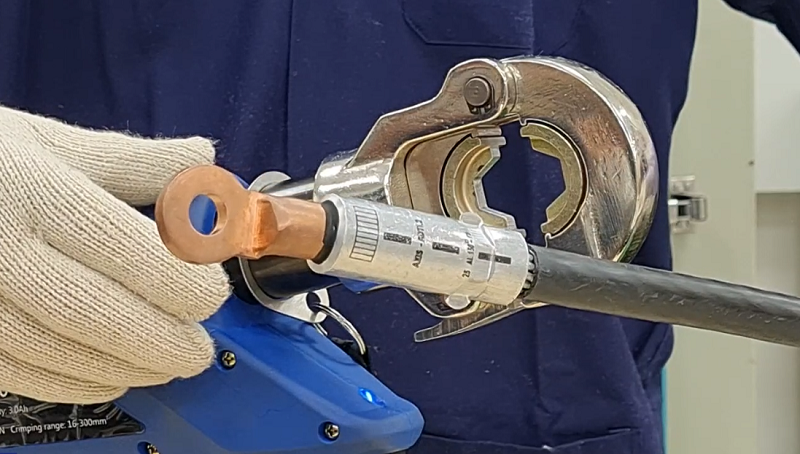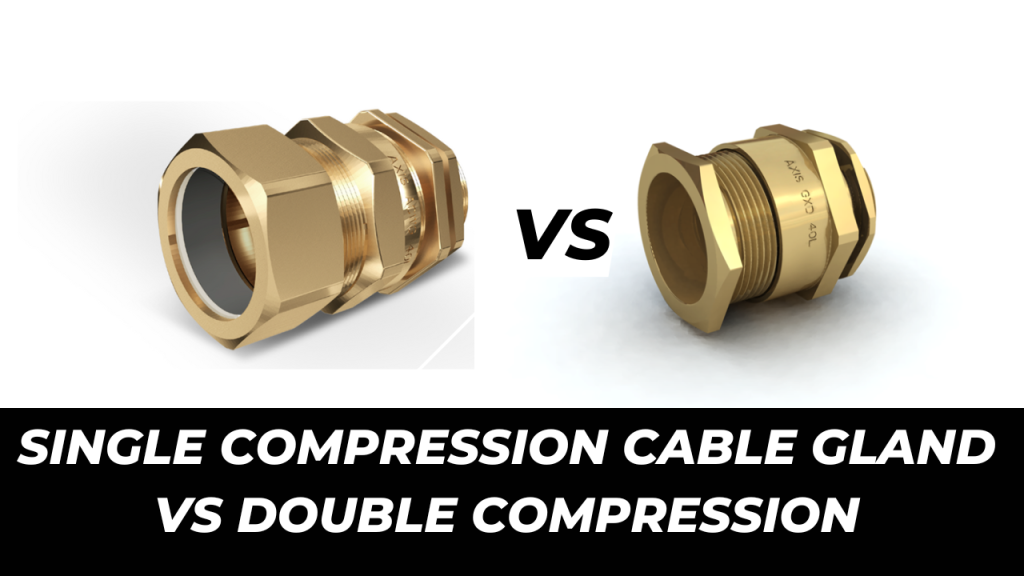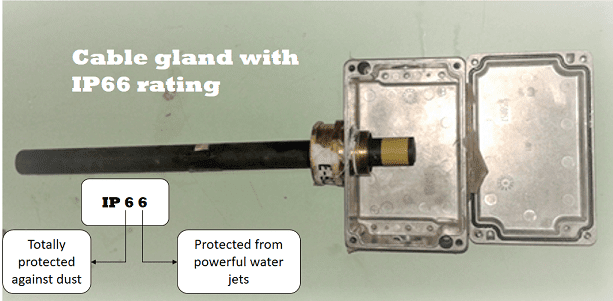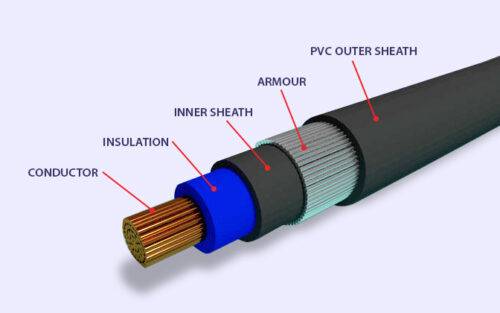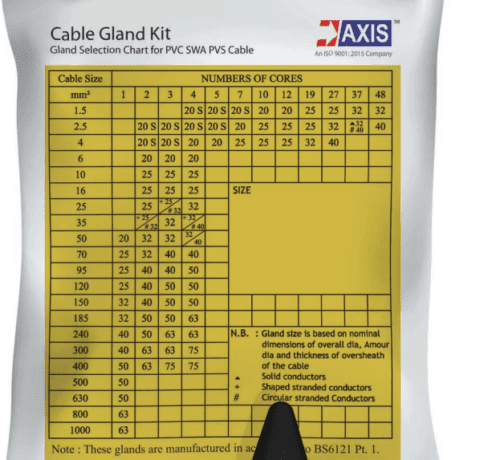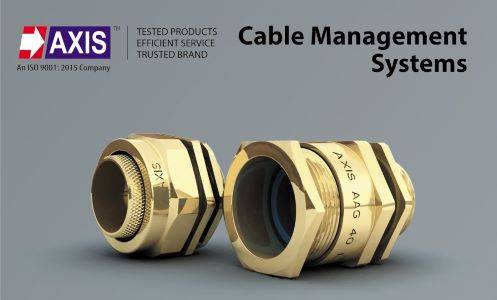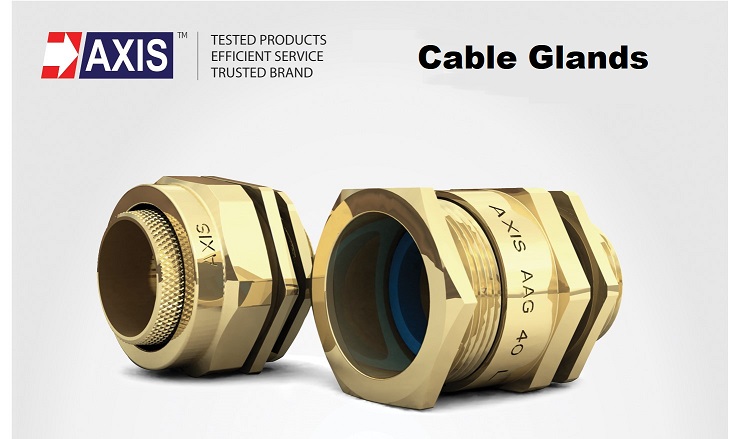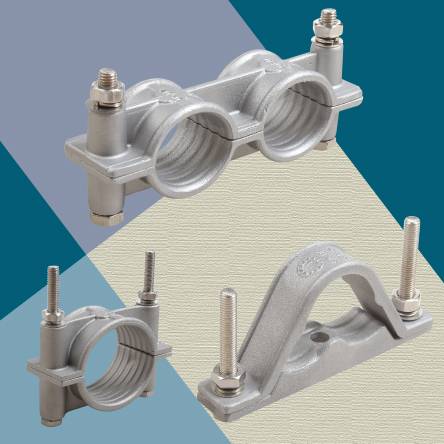Cable Terminals – All Types & Functions
Electrical and electronic equipment requires cables for their power supply, power distribution, interconnections, control, monitoring and so on. Some of the equipment which comes to our mind include electrical appliances, electrical load switches, circuit-breakers, fuse bases, electrical motors, generators, transformers, busbars and electrical control and distribution panels, to name a …

